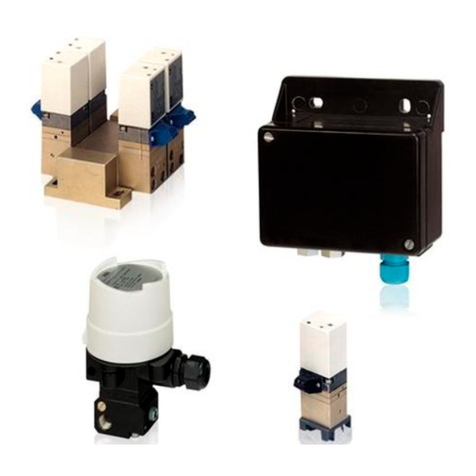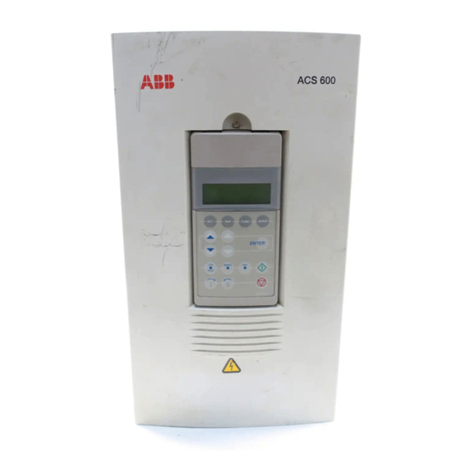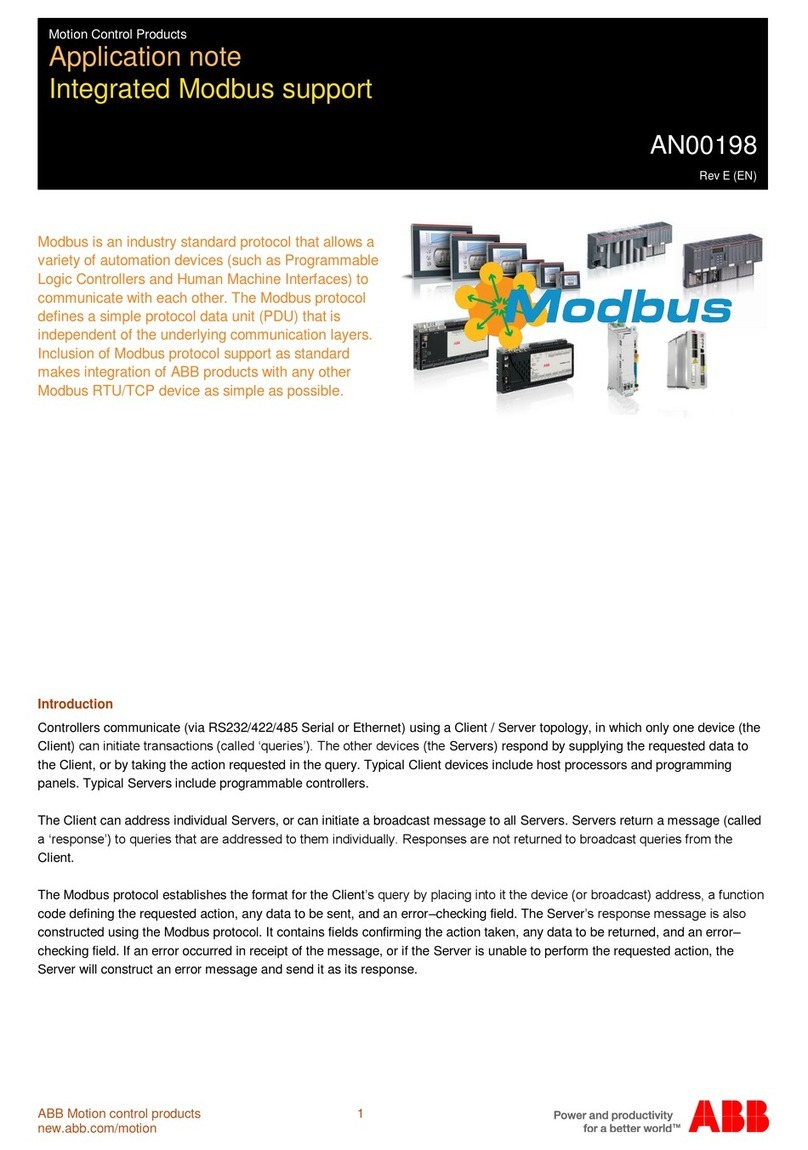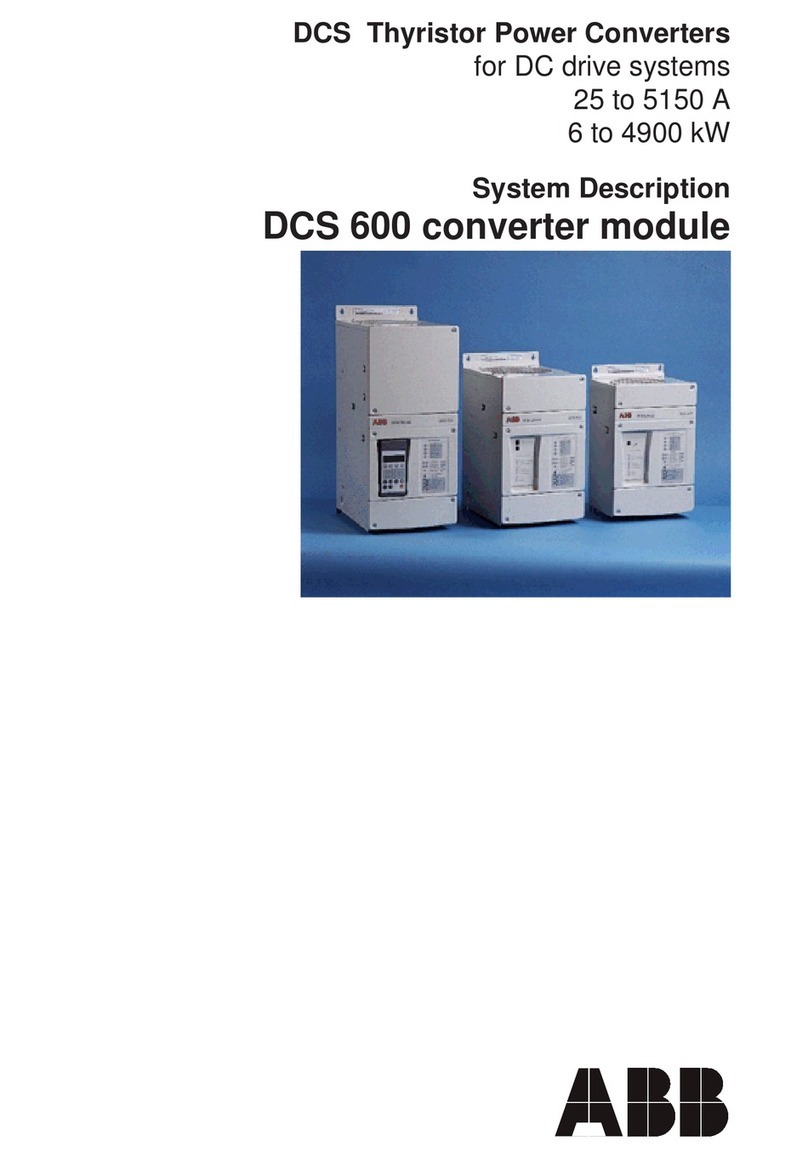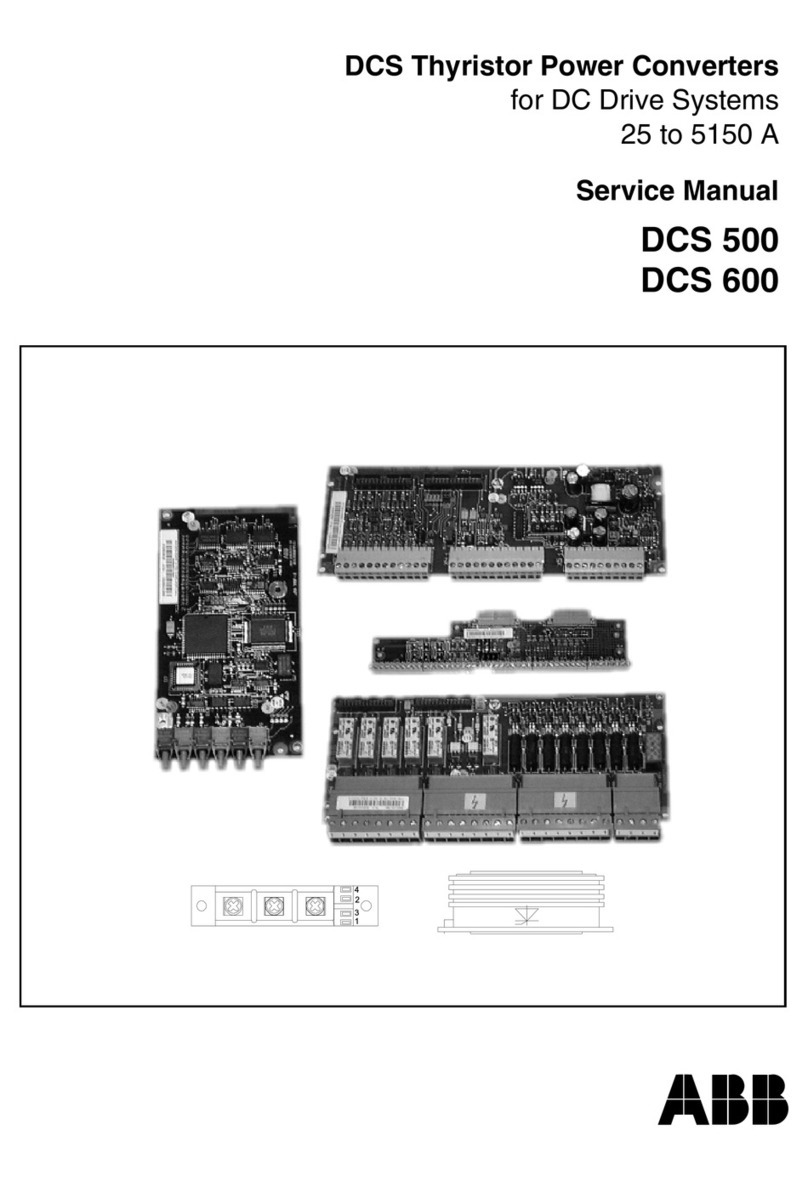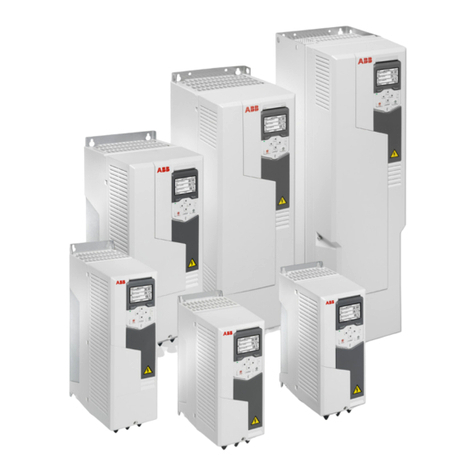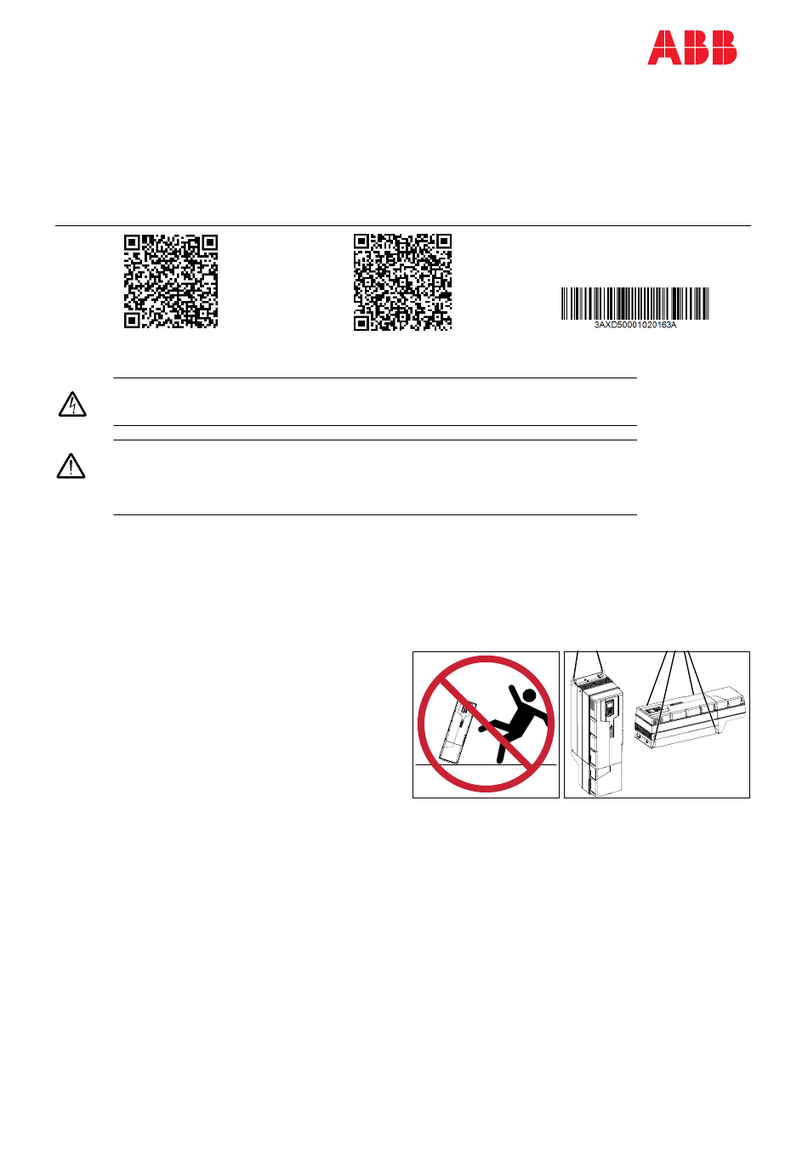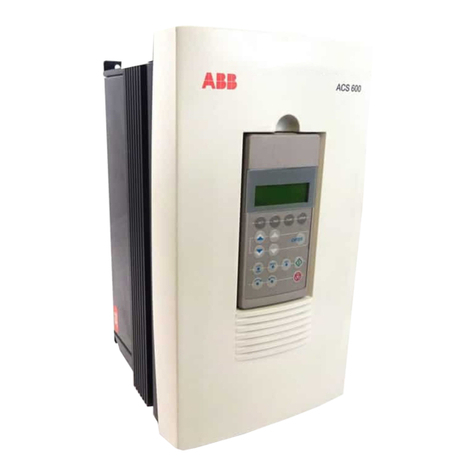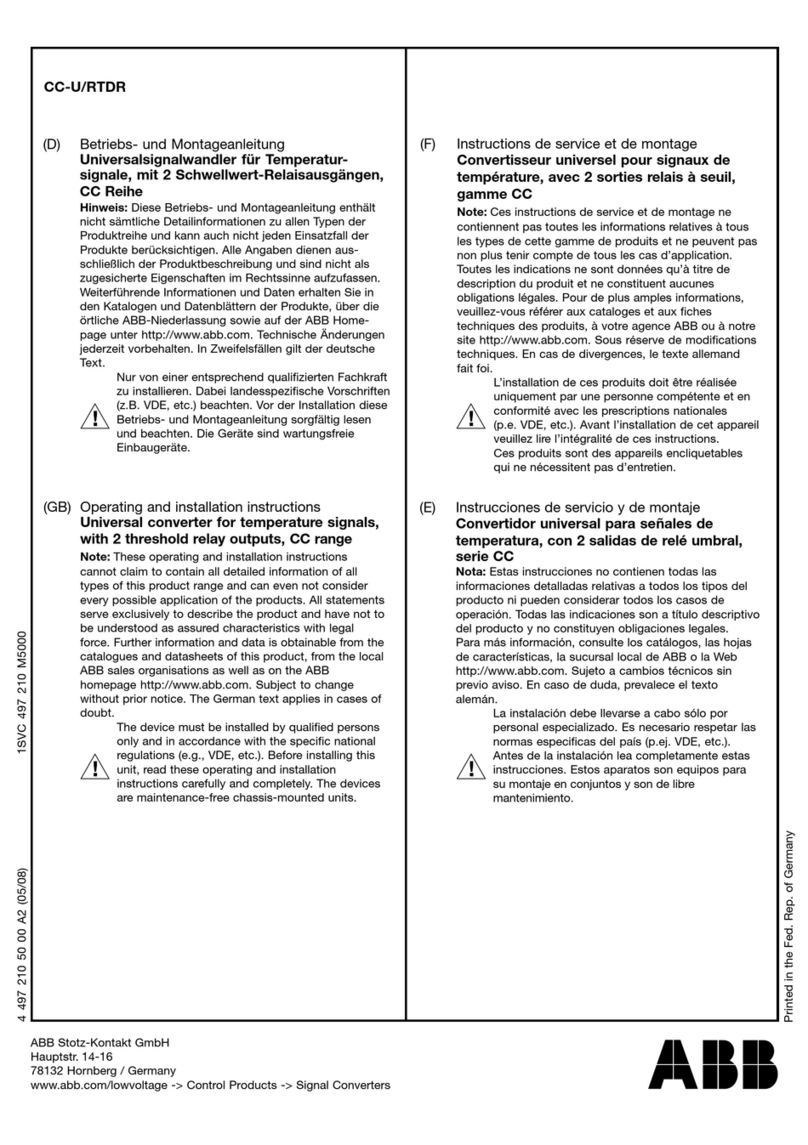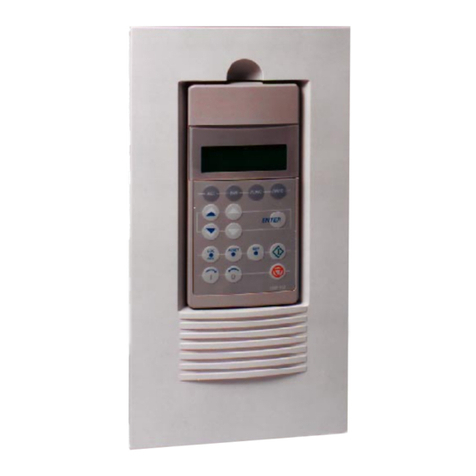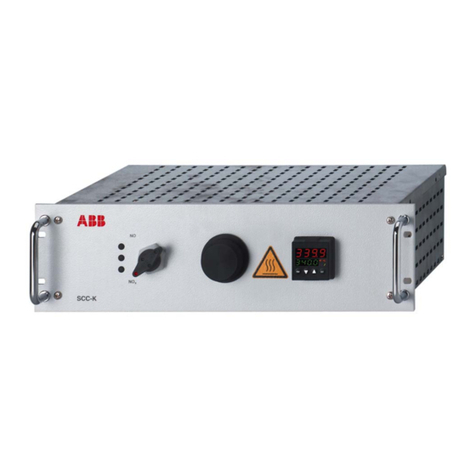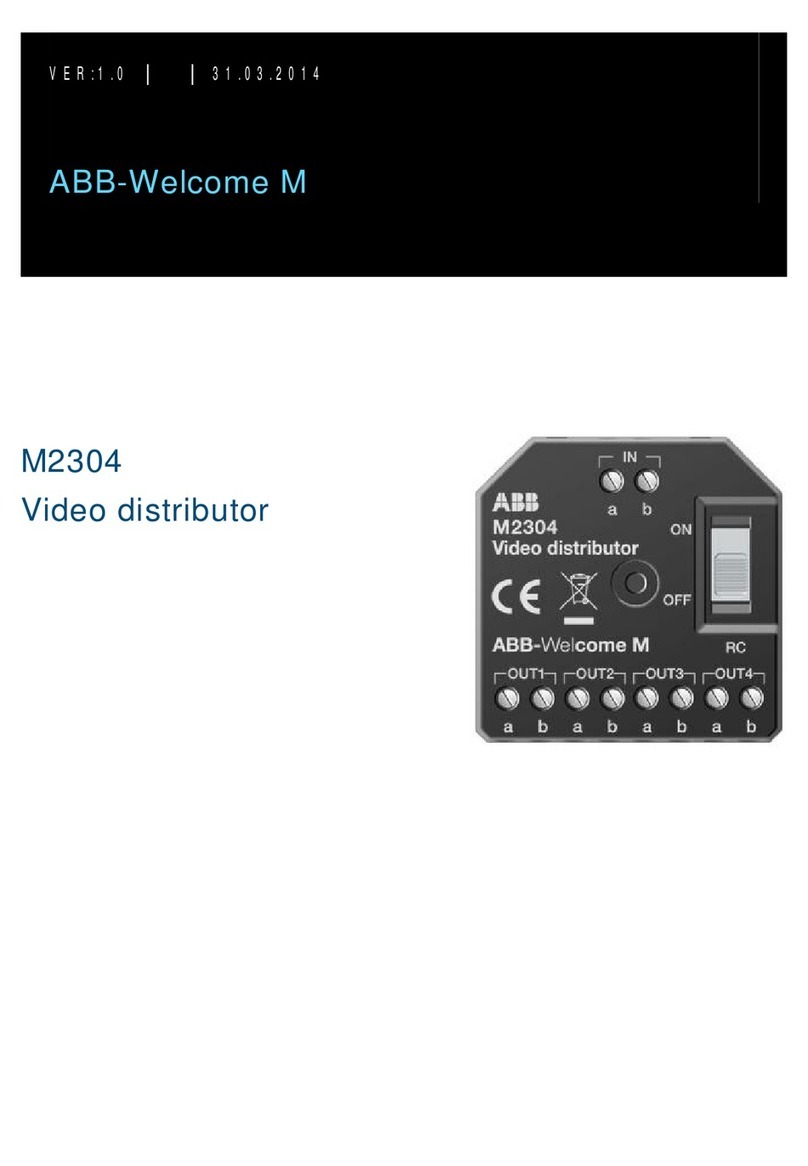
44Lifting the converter ................................................................................
45Placing the converter ..............................................................................
46Fastening the cabinet to the floor ................................................................
46Internal cooling circuit .............................................................................
46Lifting the door .....................................................................................
47Miscellaneous ......................................................................................
47Cable duct in the floor below the cabinet ...................................................
47Electric welding .................................................................................
5 Planning the electrical installation
49Contents of this chapter ...........................................................................
49Selecting the grid disconnecting device ........................................................
50Checking the compatibility of the generator and the converter .............................
50Protecting the generator insulation and bearings ..........................................
51Selecting the power cables .......................................................................
51General rules ....................................................................................
51Sufficient conductivity of the protective conductor .........................................
52Typical power cable sizes .....................................................................
52CE cables ....................................................................................
52UL cables ....................................................................................
53Alternative power cable types ................................................................
53Power cable types for limited use ........................................................
53Not allowed power cable types ...........................................................
54Generator cable shield .....................................................................
54Single core vs multicore cables in grid cabling .............................................
54Additional US and Canada requirements ...................................................
55Conduit .......................................................................................
55Armored cable / shielded power cable ...................................................
55Selecting the control cables ......................................................................
55General rules ....................................................................................
56Relay cable ......................................................................................
57Routing the cables .................................................................................
58Control cable ducts .............................................................................
58Protecting the converter installation .............................................................
58Protecting the grid cable in short-circuit situations ........................................
58Protecting the generator and generator cable in short-circuit situations ...............
58Protecting the converter, generator cable and grid cable against thermal overload ...
58Protecting the converter against ground faults in the generator or generator cable ...
59Protecting the converter against ground faults in the converter or grid cable .........
59Implementing the emergency stop function ....................................................
59Implementing the grid fault ride-through function .............................................
59Supplying power for the auxiliary circuits .......................................................
59Using a safety switch between the converter and generator ................................
59Protecting the contacts of relay outputs ........................................................
6 Electrical installation
61Contents of this chapter ...........................................................................
61Checking the insulation of the assembly .......................................................
61Converter ........................................................................................
61Grid cable ........................................................................................
62Generator stator and generator cable .......................................................
6 Table of contents


